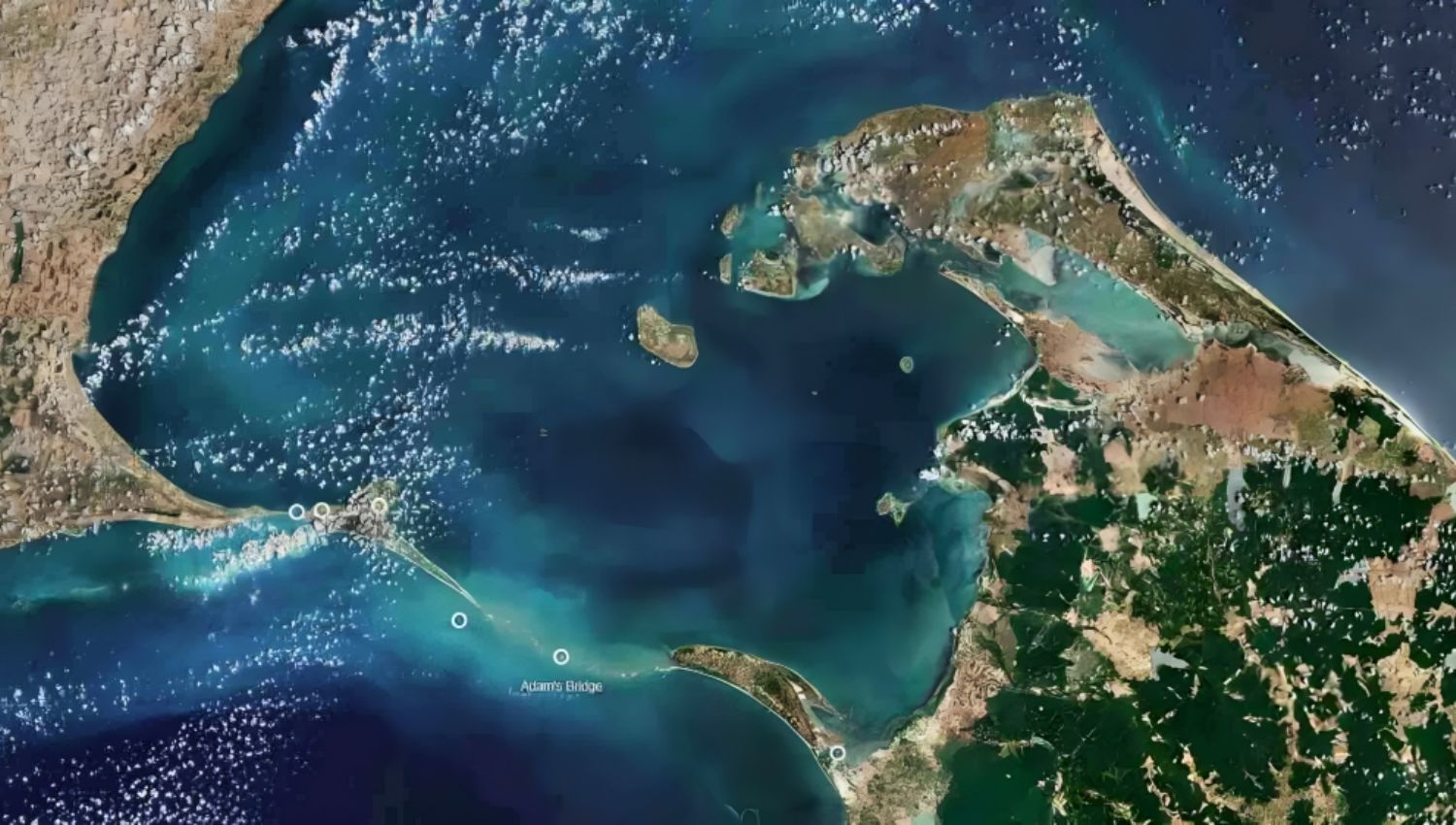The Copernicus Sentinel-2 satellite, operated by the European Space Agency, has recently captured breathtaking images of the Ram Setu connecting bridge. This bridge serves as a link between India and Sri Lanka, spanning an impressive distance of 48 km from Rameswaram Island to Sri Lanka’s Mannar Island.
Not only does the Ram Setu bridge connect these two countries, but it also acts as a divider between the Gulf of Mannar in the south, an inlet of the Indian Ocean, and the Palk Strait in the north, an inlet of the Bay of Bengal.
However, there exist various theories surrounding this bridge. Geological evidence suggests that the limestone shoals present in the bridge provide proof of a landmass that once connected India and Sri Lanka.
According to historical records, this natural bridge remained intact and functional until the 15th century. Unfortunately, over time, it succumbed to the destructive forces of storms and gradually got destroyed.
ESA’s Observations
While observing Ram Setu, ESA noticed, that some of the sandbanks in the bridge were dry and the sea in the area were shallow. which was only 1 to 10 meters deep, as the water was light in color.
Besides, both sections of Ram setu come under the category of protected national parks in both the respective countries- India and Sri Lanka.
The sand dunes function as a breeding ground for birds like brown noddy. Various species of fish and seagrasses live in shallow waters. The sea surrounding Ram setu also consist of dolphins, dugongs, and turtles.

